Learn how to make Spanish Tuna Deviled Eggs with this step-by-step recipe that is easy to follow and fun to recreate at home!
Tuna Deviled Eggs are among the most common Spanish Tapas. It is widely served in Spanish homes and has undeniably been part of the list of staple tapas recipes that surely every home cook knows.
You can also easily find deviled eggs in tapas bars throughout the country. Tuna deviled eggs, or Huevos Rellenos de Atún, in particular, have been a Spanish tapa favorite since the 1980s.
While Spanish Tuna Deviled Eggs are usually served as an appetizer, this dish can also serve as a light meal or an accompaniment to salad. Try this easy recipe – it is easy to prepare, and it never fails to delight!
How to prepare Spanish Tuna Deviled Eggs
1. Place fresh eggs in a pot and cover with water. Bring to a boil until the eggs are hard-boiled (around 12 minutes.) Afterward, move the eggs into an ice bath to cool, stopping the eggs from being cooked further by the heat.
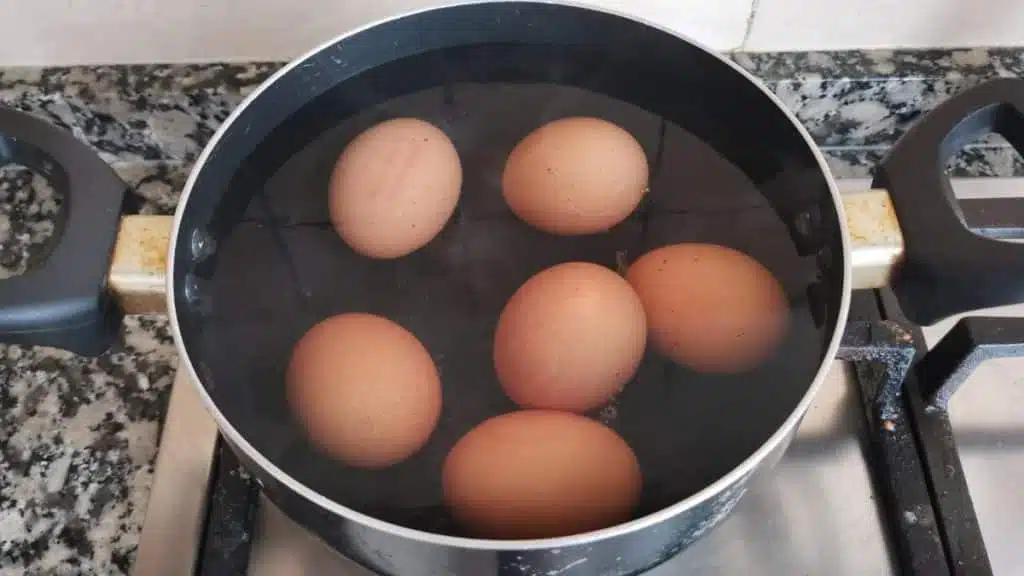
2. Gently peel the eggshells. Slice each egg in half lengthwise. Carefully remove the egg yolks with the use of a spoon and place them in a bowl. Set the egg whites aside on a platter.
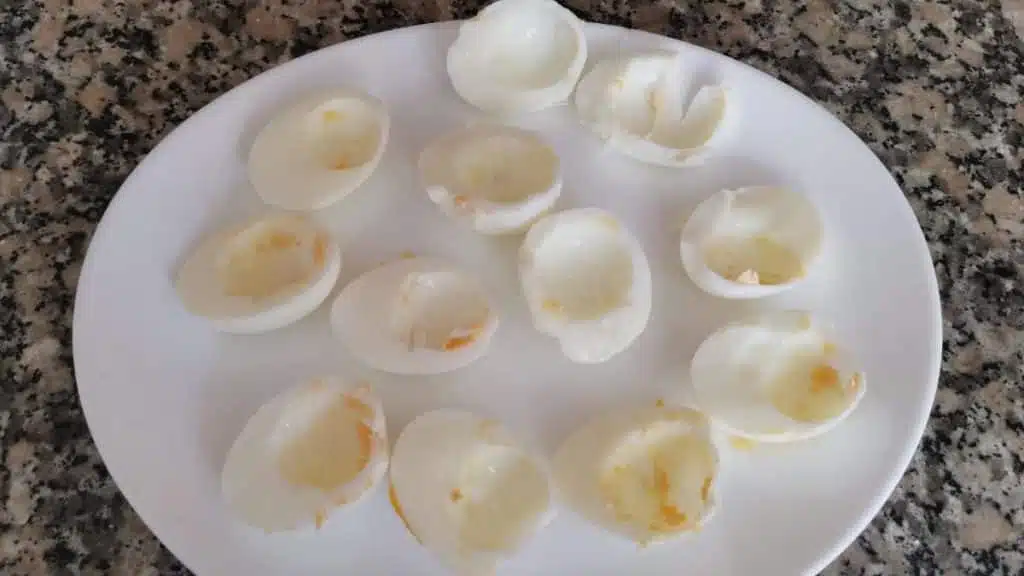
3. Mash the egg yolks in the bowl until they crumble into small pieces.
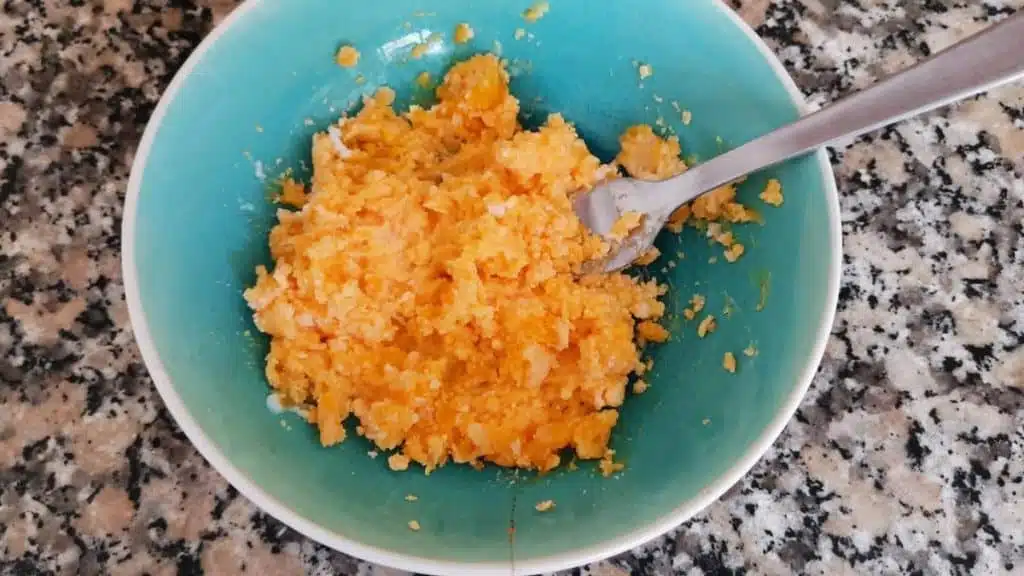
4. Open your canned tuna and drain the liquid from the can. In another bowl, separate the tuna flakes by using a fork.
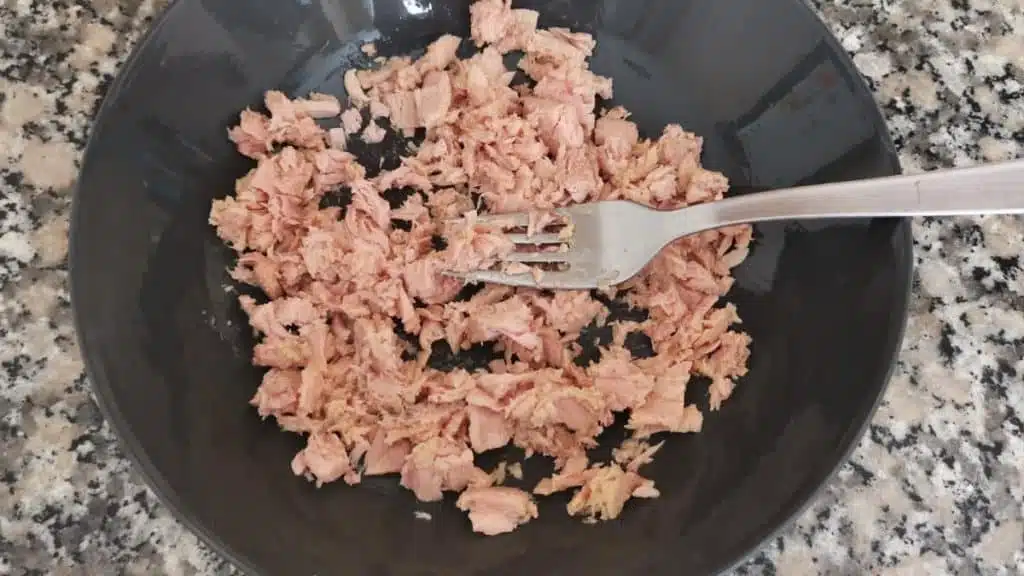
5. Add the tomato sauce to the tuna flakes. Stir until well-combined.
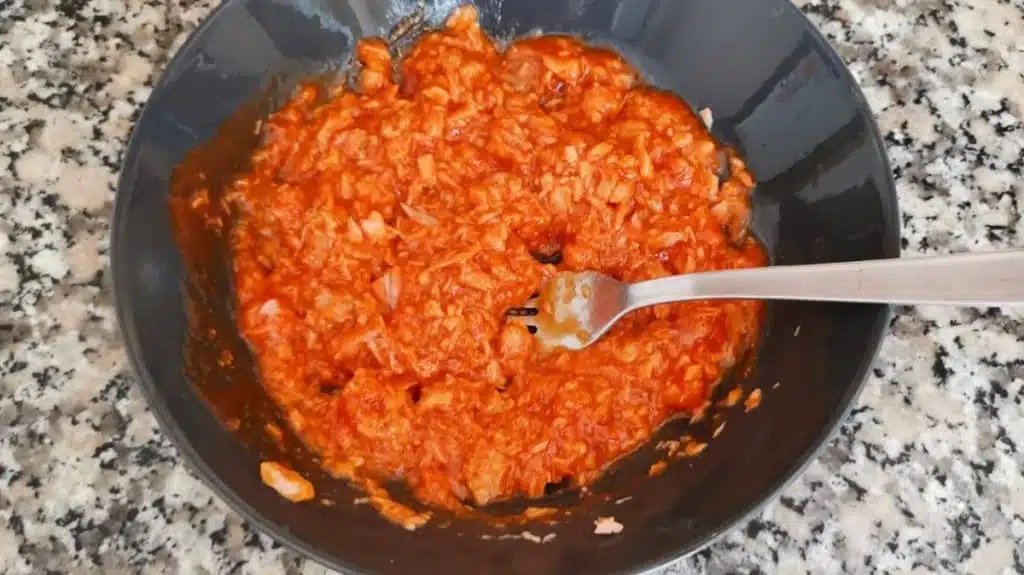
6. Add half of the amount of the mashed egg yolks to the tuna and tomato sauce. Form a paste by mixing them all. Add in more tomato sauce if the mixture needs more moisture. Add salt and pepper to taste.
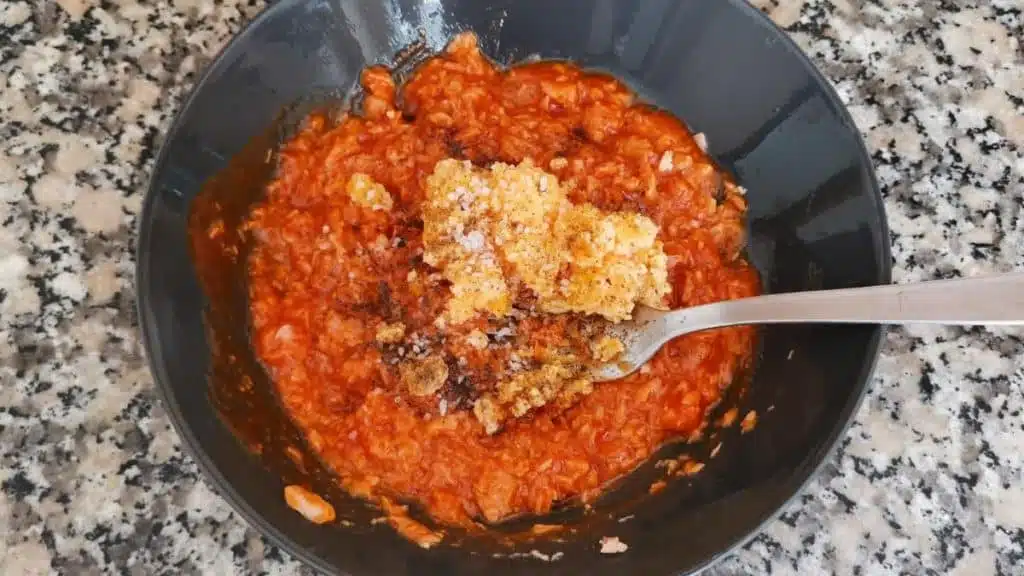
7. Take the platter of egg whites and fill each half with a tablespoonful of the tuna filling.
8. For the finishing touches, you may put a small amount of mayonnaise on top of each half if you wish. Use some of the remaining crumbled egg yolks to decorate your tuna deviled eggs.
9. Garnish with sweet Spanish paprika for decoration. Add in some chopped chives and cut cherry tomatoes for a pop of color.
10. Place the Spanish tuna deviled eggs in the refrigerator and chill until ready to serve.

Spanish Tuna Deviled Eggs (Huevos Rellenos de Atún)
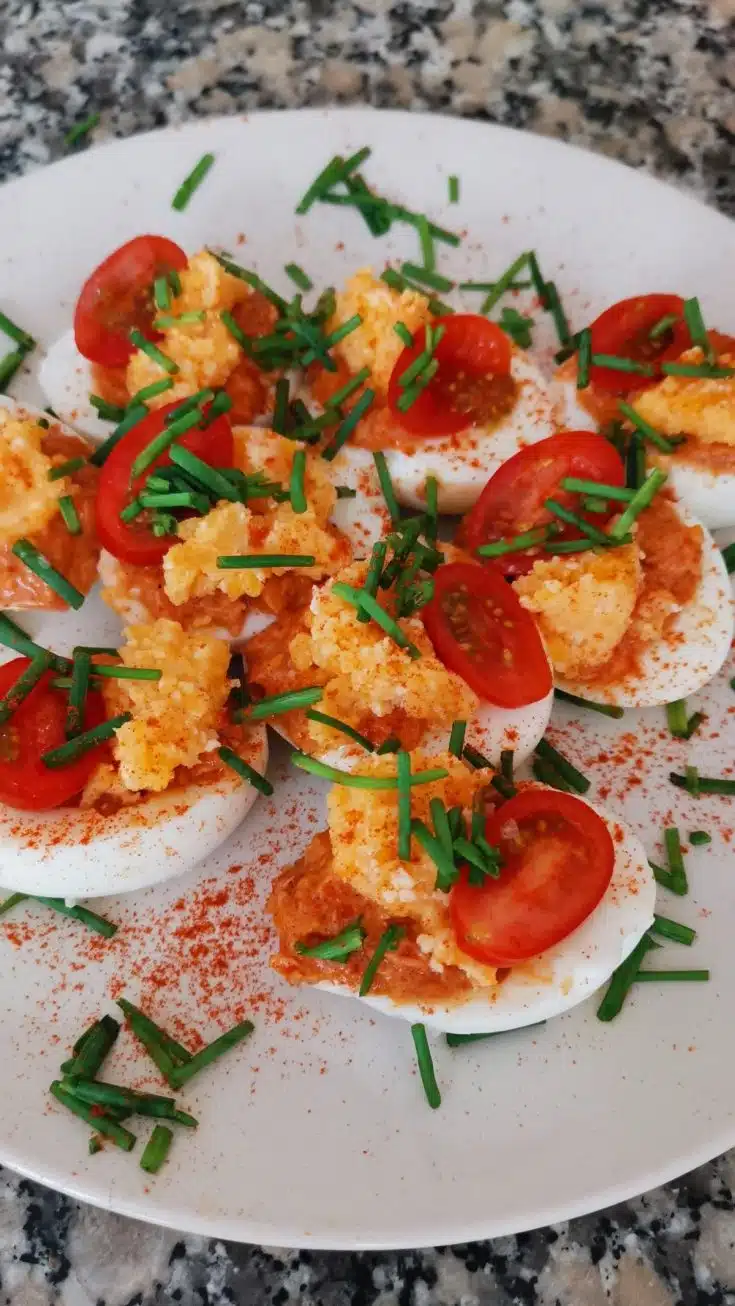
Ingredients
- 6 large eggs
- 1 can tuna packed in oil (around 5 ounces or 140 grams)
- 1/2 cup tomato sauce,
- Sea Salt
- Ground black pepper
- Optional: 1/2 cup mayonnaise
- Sweet Spanish paprika
- Thinly sliced fresh chives
- Cherry tomatoes for garnish
Instructions
1. Place fresh eggs in a pot and cover with water. Bring to a boil until the eggs are hard-boiled (around 12 minutes.) Afterwards, move the eggs into an ice bath to cool, stopping the eggs from being cooked further by the heat.
2. Gently peel the eggshells. Slice each egg in half lengthwise. Carefully remove the egg yolks with the use of a spoon and place them in a bowl. Set the egg whites aside, on a platter.
3. Mash the egg yolks in the bowl until they crumble into small pieces.
4. Open your canned tuna and drain the liquid from the can. In another bowl, separate the tuna flakes by using a fork.
5. Add in the tomato sauce to the tuna flakes. Stir until well-combined.
6. Add half of the amount of the mashed egg yolks to the tuna and tomato sauce. Form a paste by mixing them all together. Add in more tomato sauce if the mixture needs more moisture. Add salt and pepper to taste.
7. Take the platter of egg whites and fill each half with a tablespoonful of the tuna filling.
8. For the finishing touches, you may put a small amount of mayonnaise on top of each half if you wish. Use some of the remaining crumbled egg yolks to decorate your tuna deviled eggs.
9. Garnish with sweet Spanish paprika for decoration. Add in some chopped chives and cut cherry tomatoes for a pop of color.
10. Place the Spanish tuna deviled eggs in the refrigerator and chill until ready to serve.

Meritxell Farre Serra
Friday 30th of July 2021
No such thing as "huevos endiablados in Spain, if one thing we have is "huevos rellenos", which is how they are known in the country. If you are going to teach people about foreign cuisine, please don't bastardize the names. Thanks.
Brian
Thursday 29th of July 2021
Endiablados? Always just called them "huevos rellenos."